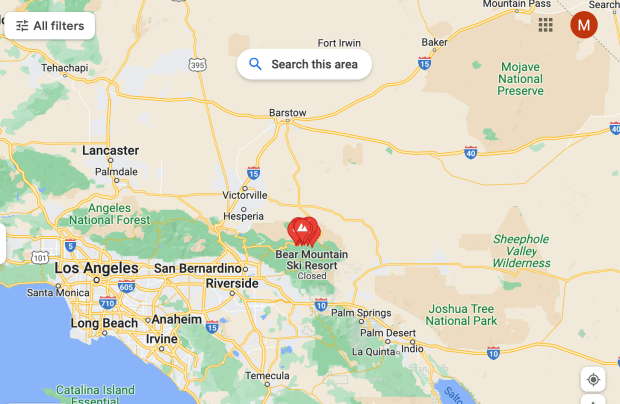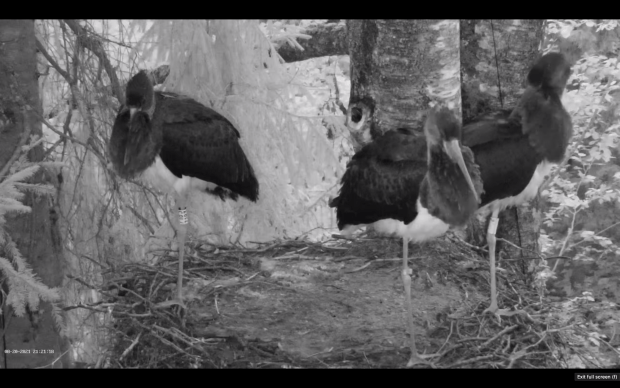12 April 2022
The ‘historic’ storm is set to hit us sometime during the late evening or night. It will snow and blow then calm and start up again on Thursday. Apparently people are hoarding food and turkeys are said to now cost $80 each. Of course, they will be useless if the electricity has an outage. It is the reason that we have a back up wood stove in the City. Eons ago and I do mean eons, I remember a storm that hit leaving several feet on the roads and downing the power lines. The cables had thick ice – first sagging and then snapping under the weight. The house in the country had a hand pump to the cistern if the power was lost and a large wood stove. We ate, had hot baths and meals – one day it was so warm the children were wearing their summer clothes. The snow was so deep. It took 13 days before we were a priority with the municipality – being the only house on a road for several miles. We were fine. Sometimes old school is best. All of the garden critters have been fed so much especially Dyson and Scraggles as well as Little Red. They can hoard it all away and munch and stay warm inside their nests and the penthouse til the storm is over. No worries for them!
Dyson really does enjoy those nice nuts. He even seems to be putting on some weight since he discovered he prefers the ‘luxury’ bird seed. Too funny. He feels his cheeks and runs away returning quickly!

The soap opera in the Glaslyn Valley is officially over for the 2022 season. Mrs G is back with Aran on the Glaslyn nest and Blue 014 has Aeron Z2 all to herself at Pont Cresor. Aran has delivered half a fish to Mrs G. He might be waiting to deliver a whole one until he is sure she is staying!
Mrs G, the oldest Osprey in the UK, is as gorgeous as ever with her dark plumage.

Aran on his perch and Mrs G in the nest.

Mrs G enjoying the fish that Aran provided.

As the sun begins to set, Aran is in the nest working on the walls that were installed by the Glaslyn staff in an effort to ease the nesting season for Mrs G and her mate.

It is raining at the Dale Hollow nest. Little Middle and Big are soaked.

At 11:10:31 Obey brings a fish to the nest for Big and Little Middle.

Everyone is soaking. Little Middle was first up at the feeding once River decided it was a good time to start – around 12:13.

Even when Big moves up, Little Middle stays in place and continues to eat. It is all good.

Little Middle is happy River came to the nest. He loves cuddling with Mum.

The little eaglet at the National Arboretum nest of Mr President and Lotus is thriving.


While this wee one begins to get its thermal down, there is branching happening at the NEFlorida Bald eagle nest of Samson and Gabby. Yesterday Jasper branched at 10:10:53 as Rocket looked on.

No worries, beautiful Rocket. You will be up there soon enough! Too soon for us!!!!!

Just look above and have a quick peek at this short video – a reminder of how quickly the eagles grow! I recall the days that we were all worried that Rocket would survive but, he did. He was self-feeding first and became ever so clever.
The bonking has started at the UFL Osprey nest. I am cautiously hopeful that the beaking will subside but let’s see if Dad can get more fish on this nest pronto.

Richmond and Rosie at the SF Bay Osprey nest have their third egg. You have heard me say it many times. They are good and solid and capable of dealing with three! Eggs were laid on April 5, 8, and 11. Just perfect.

Everything is fine at the Black Stork nest of Karl II in the Karula Forest in Estonia. Kaia has returned!!!!!!!

I am so happy to report that the male is back on the Black Stork nest in Latvia! This nest is in the Sigulda region of Latvia.
Oh, and I am so excited. I love Black Kites and Grey and Golda are working on their nest in Latvia. This is exciting. Some of you might remember the Black Kite nest in a cemetery in Taipei. I continue to look for that streaming cam to start operating. But now we can watch in Latvia!
Black kites are medium sized raptors. They generally live in the forests where they generally occupy the lower canopy. This is where they hunt small mammals, frogs, salamanders, and even grasshoppers as well as other insects. They will lay between 2 and 5 eggs.
Last year there were three hatchlings. They were seriously cute.

The second White-tailed eaglet hatched at the Danish nest yesterday. Both hatches are doing well. Just watching for the third to arrive tomorrow.

White YW and Blue 35 have been working on their nest at Foulshaw Moss in Cumbria. The camera does not have a rewind capacity so you have to watch often and long to catch the ospreys on the nest. This is the nest of Tiny Little’s parents. S/he was ringed Blue 463 and as the third hatch, with the help of Mum and Dad, s/he thrived. I am very much looking forward to this season with these fabulous parents. Where do the parents roost? On the tree in the distance.

Here is the link to the streaming cam. There are two views when you click on the page.
https://www.cumbriawildlifetrust.org.uk/wildlife/cams/osprey-cam
Everything is fine at the Dyfi Osprey nest of Idris and Telyn! They are a super couple. Again, great nest to watch. Link to camera is below. You can count on Idris bringing in some whoppers!

This is a new couple. CJ7 who has hoped for a mate for so long and the more than eager to oblige dashingly handsome Blue 022. They are at Poole Harbour and as I always mention – any chicks that hatch on this nest will be the first in over 200 years. You can well imagine that the local community is pretty excited.


Here is the link to their camera as you begin to get your UK Osprey nests to watch consolidated.
There is a soft rain at the Loch of the Lowes. You can hear the songbirds in the distance. Laddie and Blue NC0 have a beautiful nest and it is impossible to see if there is an egg yet. I don’t think so.

Blue NC0 has been on and off the nest. Did I tell you she is a fantastic fisher? It is not clear whether or not Laddie caught this fish and handed it off to her after he had eaten the head but, that is probably what happened. Blue NC0 would be pleased. She turned out to be a fantastic Mum last year to the surprise of some. Once the chicks were old enough she was out fishing. She really kept the fish flowing on the nest for the two healthy chicks last year.


Here is the link to the camera at the Loch of the Lowes.
Tomorrow, Cal Falcons is due to post the list of names so that the community can vote. It will be so nice for the New Guy to get a proper name. Everything is going fine for this new couple as we continue to mourn the loss of Grinnell.

All of the Peregrine Falcon nests are doing just fine as is Big Red and Arthur’s Red-tail Hawk nest at Cornell. The action will be starting in a few weeks!
Thank you so much for joining me today as we skipped around some of the nests. The weather that is approaching Manitoba will also impact the MN-DNR nest I am pretty sure. I will try and keep an eye on Harry and Nancy and the two eaglets. Take care all. See you soon!
Thank you to the following for their streaming cams and/or FB pages where I took my screen captures: Brywd Gwyllt Glaslyn, DHEC, Birdlife Denmark, NADC-AEF, NEFlorida-AEF, UFL Osprey, CFN, SF Ospreys and Goldden Gate Audubon, Latvian Fund for Nature, Cumbrian Wildlife Trust, Scottish Wildlife Trust and Friends of Loch of the Lowes, Dyfi, and Cal Falcons.



























































































































